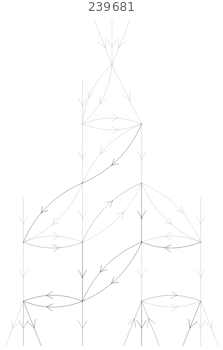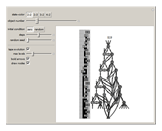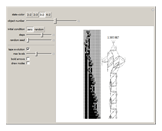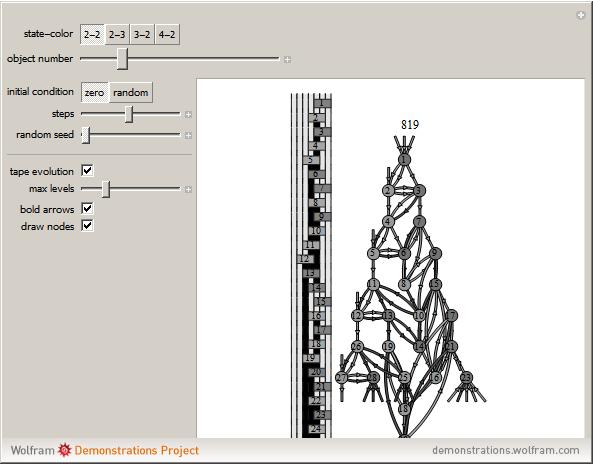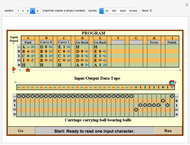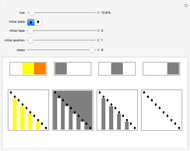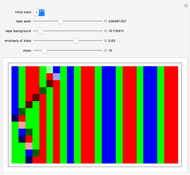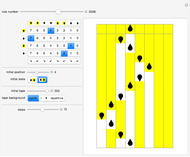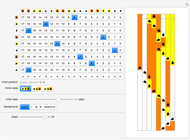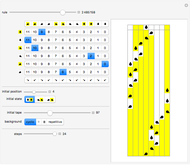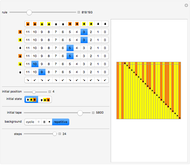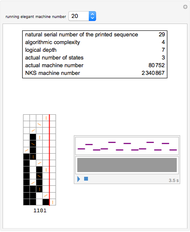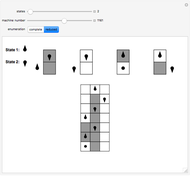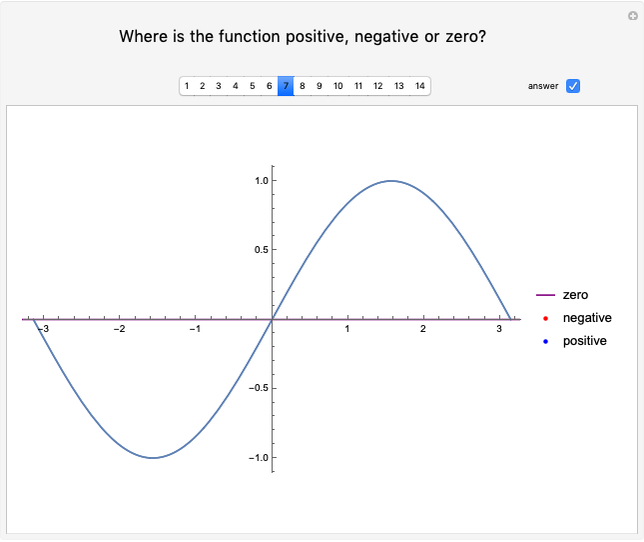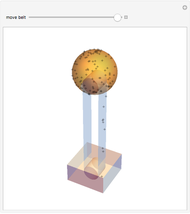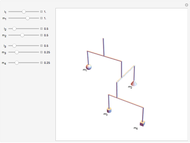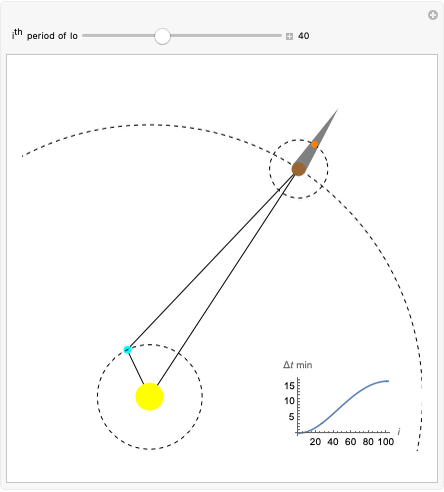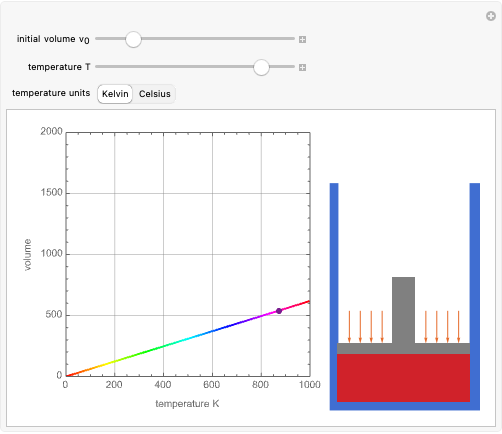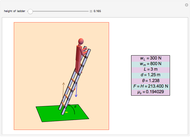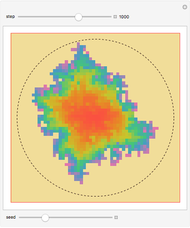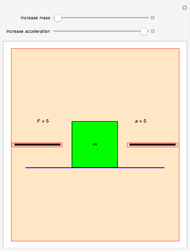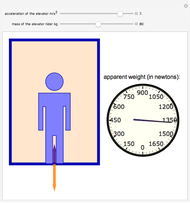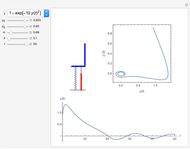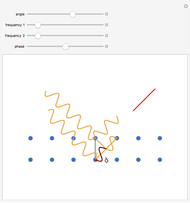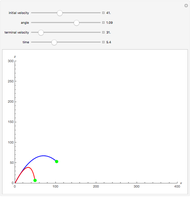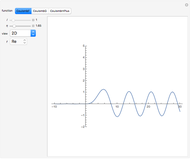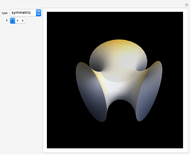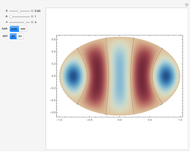Turing Machine Causal Networks

Requires a Wolfram Notebook System
Interact on desktop, mobile and cloud with the free Wolfram Player or other Wolfram Language products.
A Turing machine is a minimal idealization of a computer. It consists of a line of cells known as the "tape," with an active element called the "head" that can move back and forth and can change the colors of the tape according to a set of rules. Its evolution can be represented by causal networks that show how the events update. A small subset of selected rules is used in order to avoid trivial or repeated behaviors for 2-, 3-, and 4-state, 2-color cases, and for 2-state, 3-color cases. Gray scales reflect the value of the states (circles) and the colors of the tape (arrows).
Contributed by: Enrique Zeleny (March 2011)
Open content licensed under CC BY-NC-SA
Snapshots
Details
Project developed by the author at the NKS Summer School 2005.
Each set consists of 4096 rules.
Snapshot 1: repetitive behavior
Snapshot 2: a binary counter
Snapshot 3: a transient
Snapshot 4: a stable structure from a random initial condition
Snapshot 5: arrows jumps backwards and forwards several levels
Permanent Citation
